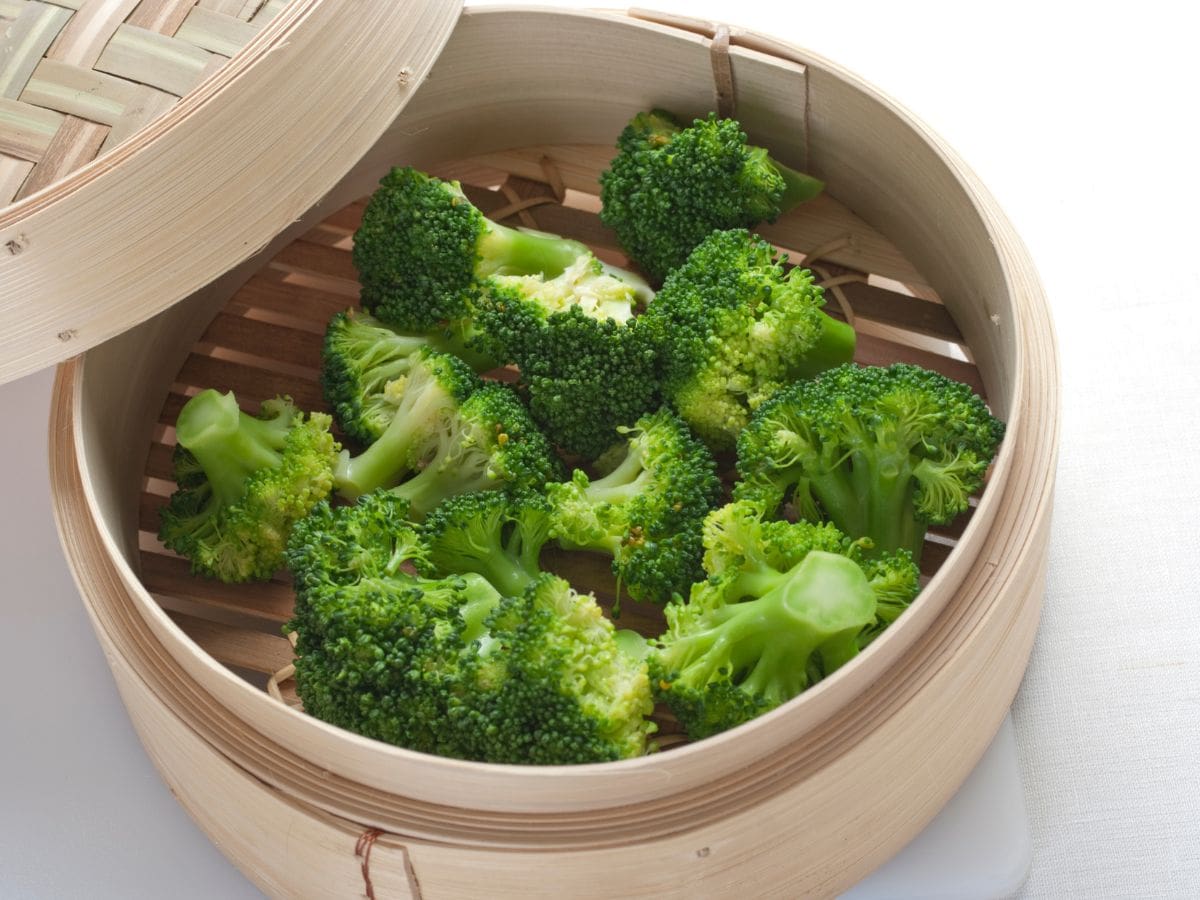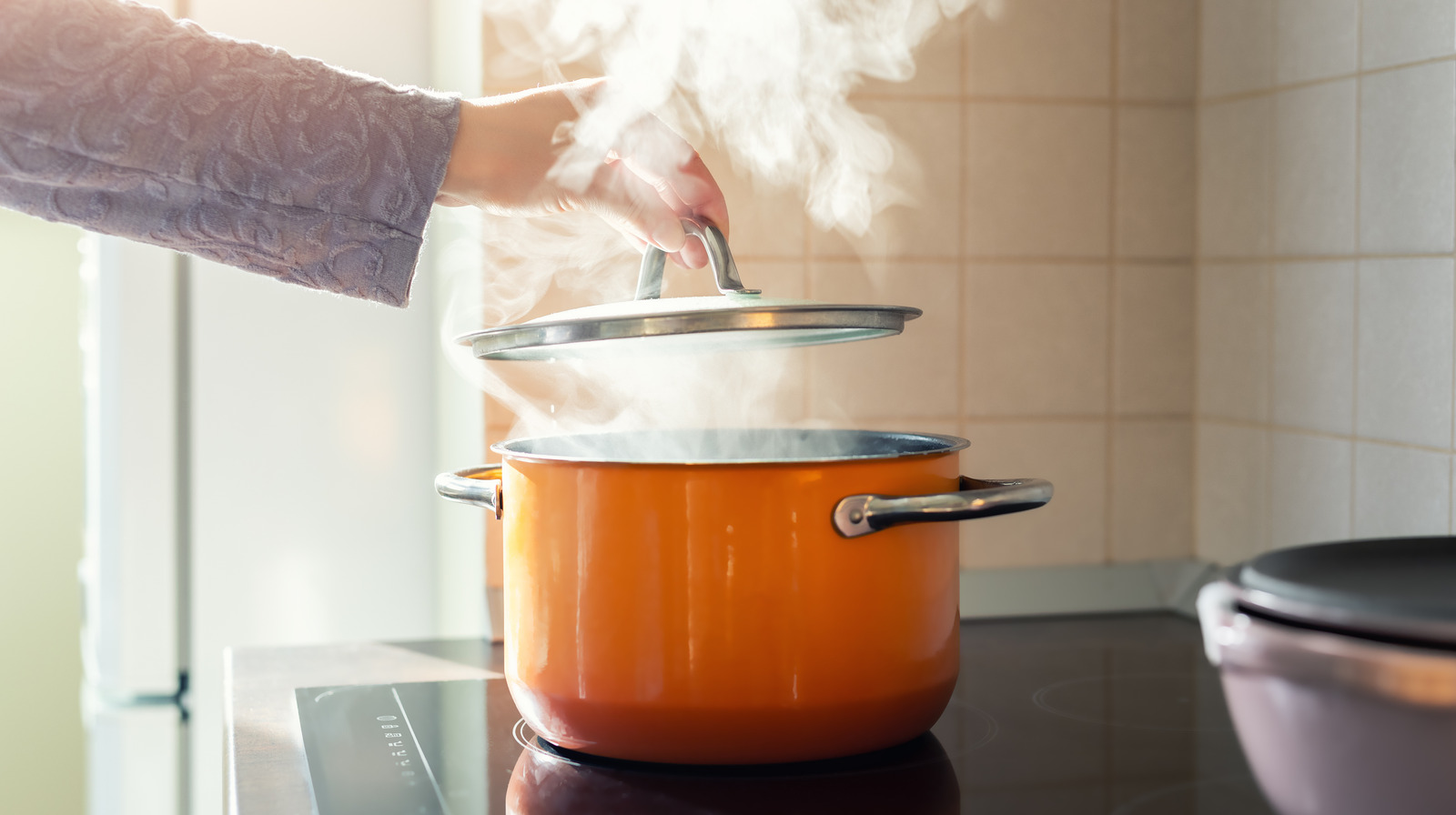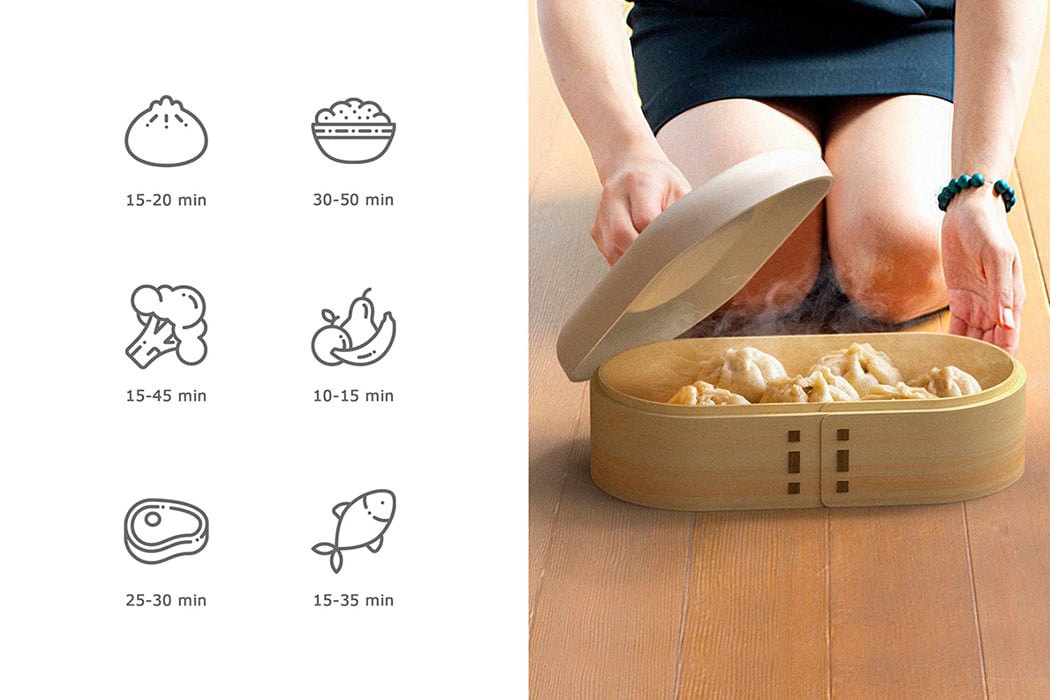Overview of Electric vs. Traditional Food Steaming Methods
In comparing electric and traditional food steaming methods, it is important to note the key differences between the two approaches. Electric food steamers use electricity to power a heating element which produces steam to cook the food, whereas traditional steaming methods often involve using a stovetop or oven with a steaming basket or parchment paper.
Electric Food Steamer:
- Uses electricity
- Dedicated appliance for steaming
- Precise temperature control
- Quick and efficient cooking
Traditional Steaming:
- Relies on stovetop or oven
- Requires additional kitchen tools
- May lack precise temperature control
- Longer cooking time
When considering electric versus traditional food steaming methods, factors such as convenience, speed, and control over the cooking process should be taken into account.

Traditional Food Steaming Methods
History and cultural significance of traditional food steaming
In exploring the history and cultural significance of traditional food steaming, one can trace back its roots to ancient cooking practices. Various cultures worldwide have long relied on steaming as a method to prepare nutritious and flavorful dishes. From Asian bamboo steamers to Western metal steaming baskets, the tradition of steaming food has stood the test of time, showcasing the importance of this cooking technique in diverse culinary heritages.
Benefits of traditional food steaming techniques
Traditional food steaming techniques offer several benefits that have made them enduring practices in the culinary world. Steaming helps retain the natural flavors and nutrients of food by cooking them in their steam, resulting in healthier meals. Additionally, the gentle cooking process of steaming ensures that the food remains moist and tender. Moreover, traditional steaming methods are often preferred for their ability to infuse delicate flavors into the food, creating unique and wholesome dishes.
Click HERE to explore the latest collection of products!
Electric Food Steaming Methods
Evolution of electric food steaming technology
Electric food steaming technology has evolved over time, offering convenience and efficiency in modern kitchens. From early electric steamers to advanced multi-functional devices, the evolution has brought about user-friendly features and precise control mechanisms. These innovations have made electric steamers popular for their ease of use and time-saving capabilities, catering to the needs of contemporary cooking.
Advantages and drawbacks of electric food steaming devices
| Advantages | Drawbacks | ||||
|---|---|---|---|---|---|
| Convenience: Electric steamers are easy to operate and require minimal monitoring. | Dependency: Electricity reliance may limit usage in certain situations. | Versatility: Many electric steamers offer multiple functions for diverse cooking needs. | Space: Larger electric steamers may occupy significant counter space. | Efficiency: Electric steamers provide quick and consistent cooking results. | Price: Some high-end electric steamers can be expensive. |

Health and Nutritional Aspects
Comparison of nutrient retention in electric vs. traditional food steaming
In comparison between electric and traditional food steaming methods, electric steamers are known for their ability to retain more nutrients due to their precise control mechanisms and quicker cooking times. Traditional steaming methods may lead to nutrient loss through longer cooking durations and inconsistent heating. The evolution of electric steamers has enhanced nutrient preservation, making them a favorable choice for health-conscious individuals.
Impact on overall health and well-being
Electric food steaming plays a critical role in promoting overall health and well-being by preserving the natural flavors, colors, and essential nutrients of food. By minimizing the need for added fats and oils in the cooking process, electric steamers contribute to healthier meal options. The convenience and efficiency of electric steamers further encourage individuals to opt for steaming as a nutritious cooking method.
Ready to learn about the innovative product line? Click HERE!

Flavor and Texture
Effects of steaming method on the flavor and texture of food
When comparing electric and traditional food steaming techniques, the method used can significantly impact the flavor and texture of the food. Electric steamers are renowned for locking in natural tastes and textures, resulting in dishes that are more succulent and tender. On the other hand, traditional steaming methods may sometimes lead to slight flavor alterations and textures that are less consistently preserved.
Preference for traditional or electric steamed dishes
Many individuals appreciate the convenience and reliability of electric steamers when it comes to flavor and texture retention. The preference for electric steamed dishes often stems from the consistent results they produce, ensuring that the food's taste and texture remain closer to the original ingredients. While some may hold a nostalgic affinity for the traditional steaming approach, the superior control and outcomes offered by electric steamers tend to sway many towards choosing them for preparing steamed dishes.

Sustainability and Eco-Friendliness
Environmental impact of traditional vs. electric food steaming
When considering the sustainability and eco-friendliness of food steaming methods, the choice between traditional and electric options plays a significant role. Electric steamers generally consume more energy during operation compared to traditional steaming setups. This higher energy consumption directly impacts the environmental footprint of preparing steamed dishes. Traditional steaming methods, relying on stovetop heat sources, are typically viewed as more environmentally friendly due to their lower energy usage. In contrast, electric steamers contribute to increased electricity consumption, which may stem from non-renewable sources. Therefore, in terms of environmental impact, traditional steaming methods are often considered more sustainable and eco-friendly than their electric counterparts.

Sustainability and Eco-Friendliness
Environmental impact of traditional vs. electric food steaming
When it comes to considering the sustainability and eco-friendliness of food steaming methods, the choice between traditional and electric options is crucial. Electric steamers typically consume more energy during operation than traditional steaming setups. This increased energy consumption directly affects the environmental footprint of preparing steamed dishes. Traditional steaming methods, which rely on stovetop heat sources, are generally seen as more environmentally friendly due to their lower energy usage. On the contrary, electric steamers contribute to higher electricity consumption, which may derive from non-renewable sources. Therefore, in terms of environmental impact, traditional steaming methods are often considered more sustainable and eco-friendly than their electric counterparts.
Discover the wide range of products by clicking this link HERE!
Practicality and Convenience
Ease of use and maintenance of electric vs. traditional food steaming methods
Suitability for modern cooking practices

Sustainability and Eco-Friendliness
Environmental impact of traditional vs. electric food steaming
When examining the environmental implications of food steaming methods, the contrast between traditional and electric alternatives emerges. Electric steamers tend to consume more energy than traditional setups, increasing the preparation's environmental footprint. Traditional steaming methods, utilizing stovetop heat, are viewed as more eco-friendly due to their lower energy demands. In contrast, electric steamers raise electricity consumption, potentially sourced from non-renewable outlets. From an environmental perspective, traditional methods are often favored for their sustainability and eco-friendliness.
Find out more about the bestselling products by clicking HERE!
0 Comments